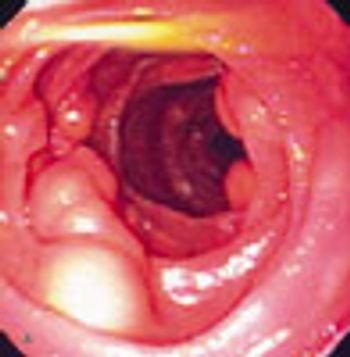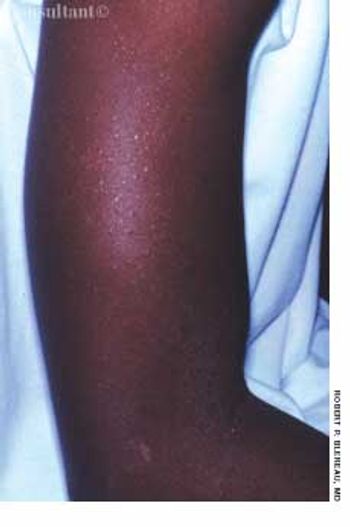
ABSTRACT: The cardinal feature of irritable bowel syndrome (IBS) is abdominal pain or discomfort associated with altered bowel habits. Because no serologic marker or structural abnormality exists, the diagnosis is based on clinical findings. A systematic symptom-based approach, including the Rome II criteria, ensures diagnostic accuracy. Determine whether a specific event-such as gastroenteritis, antibiotic use, or a food-borne illness-precipitated the IBS symptoms. Be alert for warning signs of cancer, infection, or inflammatory bowel disease, such as fever or unexplained weight loss. Only minimal laboratory testing is required; however, further evaluation may be warranted if a patient does not respond to treatment or loses weight, if the dominant symptom changes, or if other "red flags" are identified.































































































































































































































































































